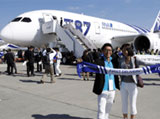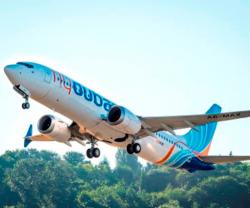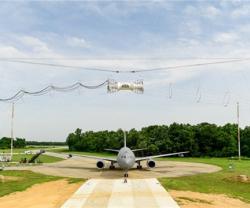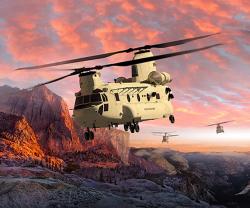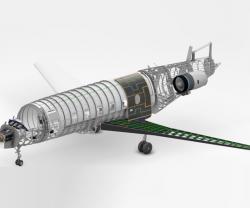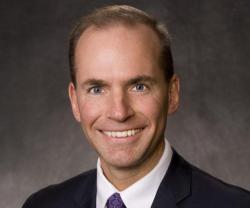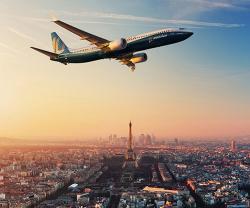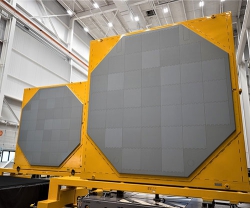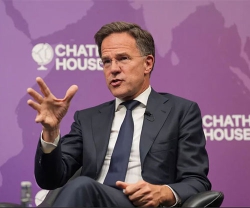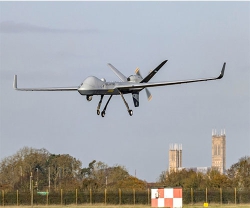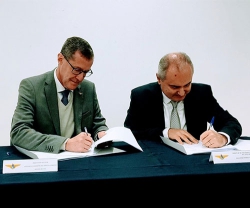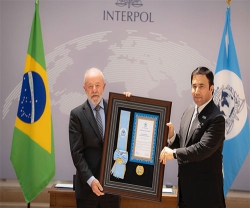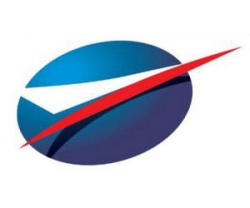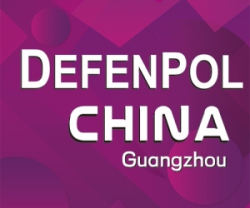Its takeoff into clear blue skies after a salute and shower by an airport fire truck came exactly 53 years after Boeing's first ever jetliner, the 707, began commercial services in the Pan Am colors.
The Dreamliner does not fly any faster than that first aircraft, but it is not supposed to. Instead, it is designed to make the hours aloft more pleasant for passengers and cheaper to fly for owners battling for profit amid the rise of low cost carriers.
The Dreamliner that flew Wednesday with 240 passengers is owned by All Nippon Airways Co and a jubilant Shinichiro Ito, the airline's President and CEO, described his brand new plane as a “game changer”.
He acknowledged, however, that production hiccups that delayed delivery for 3 years had put his carrier “through hard times”. With its mostly carbon-composite body, Boeing's technological flagship offers a 20% improvement in fuel efficiency and a 30% reduction in maintenance costs.
Its cabin builders promise a flight with ambient lighting engineered to lull passengers to sleep. The cabin also boasts higher air pressure that will make the interior feel like 6,000 feet rather than the 8,000 feet on other jetliners.
Passengers on ANA's jet were treated to shifting hues of color, including a rainbow display as the aircraft lifted off from the tarmac in Tokyo, its engines a gentle whistle. The quiet engines and greater cabin air pressure might create a new problem in air travel: making conversations of fellow passengers easy to hear.
Its other bells and whistles include windows that are 30% bigger and which can be dimmed electronically, seat-to-seat e-mail, bidet-equipped lavatories with their own windows and bigger touch-screen entertainment panels.
The Dreamliner was originally conceived in 2001 as the “Sonic Cruiser”, designed for a bygone era of aviation that quickly morphed into one filled with bankruptcies. It was a design that promised the first serious speed increase since the advent of the now defunct Concorde.
Most jetliners cruise at around eight-tenths the speed of sound. The Sonic Cruiser promised mach 0.98, lopping hours off long-haul flights between Tokyo and New York. But back then oil was a third of the cost and as it began a climb to near $100 a barrel, Boeing and its airline customers changed course.
Thus was born the Dreamliner, its only link to the shelved Sonic Cruiser proposal being the use of carbon composites.
The Dreamliner's success or failure will depend much on Japan, the only major aviation market where Boeing clearly dominates its European rival. More than a third of the Dreamliner is built by Japanese companies, including Mitsubishi Heavy Industries, Kawasaki Heavy Industries and Fuji Heavy Industries.
Of Boeing's Dreamliner backlog of 821 orders built up over the 3 years of delays, nearly a tenth of them are from Japan.
The 100 seats available to paying passengers on the flight Wednesday sold out as soon as they went on sale, with 25,505 people scrambling online for the scarce tickets priced at 78,700 yen. The aircraft made it safely to Hong Kong where it was greeted by another fire engine shower, drums and dancing lions.
Source: Reuters

